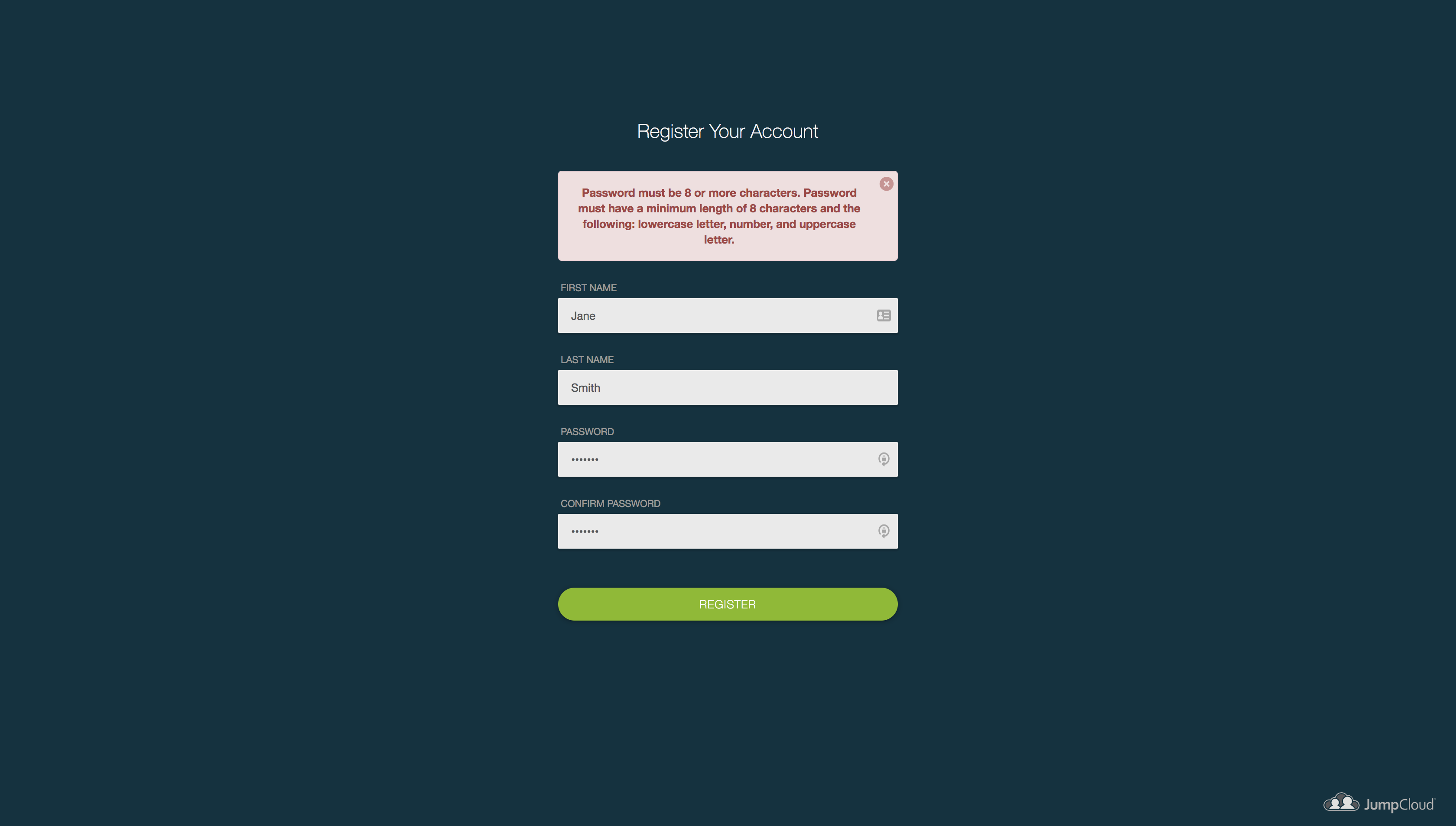
- RESET LOCAL CLOUD KEY PASSWORD VIA SSH HOW TO
- RESET LOCAL CLOUD KEY PASSWORD VIA SSH INSTALL
- RESET LOCAL CLOUD KEY PASSWORD VIA SSH FULL
With the successful installation of SSHPASS, the one-liner SSH command syntax for accessing a remote Linux server, router, or firewall will look like the following: $ sshpass -p "Your_Server_Password" ssh _IP/Domain_Name
RESET LOCAL CLOUD KEY PASSWORD VIA SSH HOW TO
How to Add Password to SSH Command in Linux Before the installation, ensure that you either have Sudo privileges or you are a Sudoer user of the Linux system.
RESET LOCAL CLOUD KEY PASSWORD VIA SSH INSTALL
It facilitates a simplified approach to non-interactive ssh sign-in and supports one-liner ssh password input.įirstly, you need to install the sshpass tool on your Linux operating system. Sshpass command-line tool will do the job for us. Install SSHPass in Linux – A SSH Password Provider This article is here to fix this two-liner server access issue and provide an effective one-liner SSH access command for all your future Linux servers, routers, and firewalls access. However, as you become an elite Linux user, you do not want to repeat yourself with a two-liner Linux command when you could only use one. It is at this point that I keyed in the user-related (ubuntu) password and was successfully able to gain access to the Linux server.įor a novice Linux user or learner, this server-access approach is exciting and worth the pursuit. The execution of the above SSH command then later led to the prompt: 's password: The traditional approach of using the SSH protocol is summarized in by the following syntax: $ ssh _domain_name_or_server_ip_addressįor example, I could access one of my servers in the following manner: $ ssh Connect to Linux Using SSHĪs per the above screen capture, the first access attempt to the Linux server was initiated by the command: $ ssh

There is no better-known tool for accessing Linux routers, firewalls, and servers than through the SSH cryptographic network protocol. In this case, a Linux desktop user will need to flexibly access a Linux server environment and a Linux server user might also want to access other Linux server environments, routers, and firewalls. However, a multidimensional user will want to experience both sides of these environments.

Most users stick to the desktop environment and others to the server environment. As for the server environment, an OS user needs some level of authentic familiarity with the Linux terminal commands to achieve an OS goal. Linux operating system exists both as a desktop environment and as a server environment.įor the desktop environment, users have the advantage of using GUI icons and applications to fulfill their operating system objectives.
RESET LOCAL CLOUD KEY PASSWORD VIA SSH FULL
The only way a user can accomplish a complete Linux operating system experience is if this user has had a partial or full glimpse of both sides of the Linux environment.


 0 kommentar(er)
0 kommentar(er)
